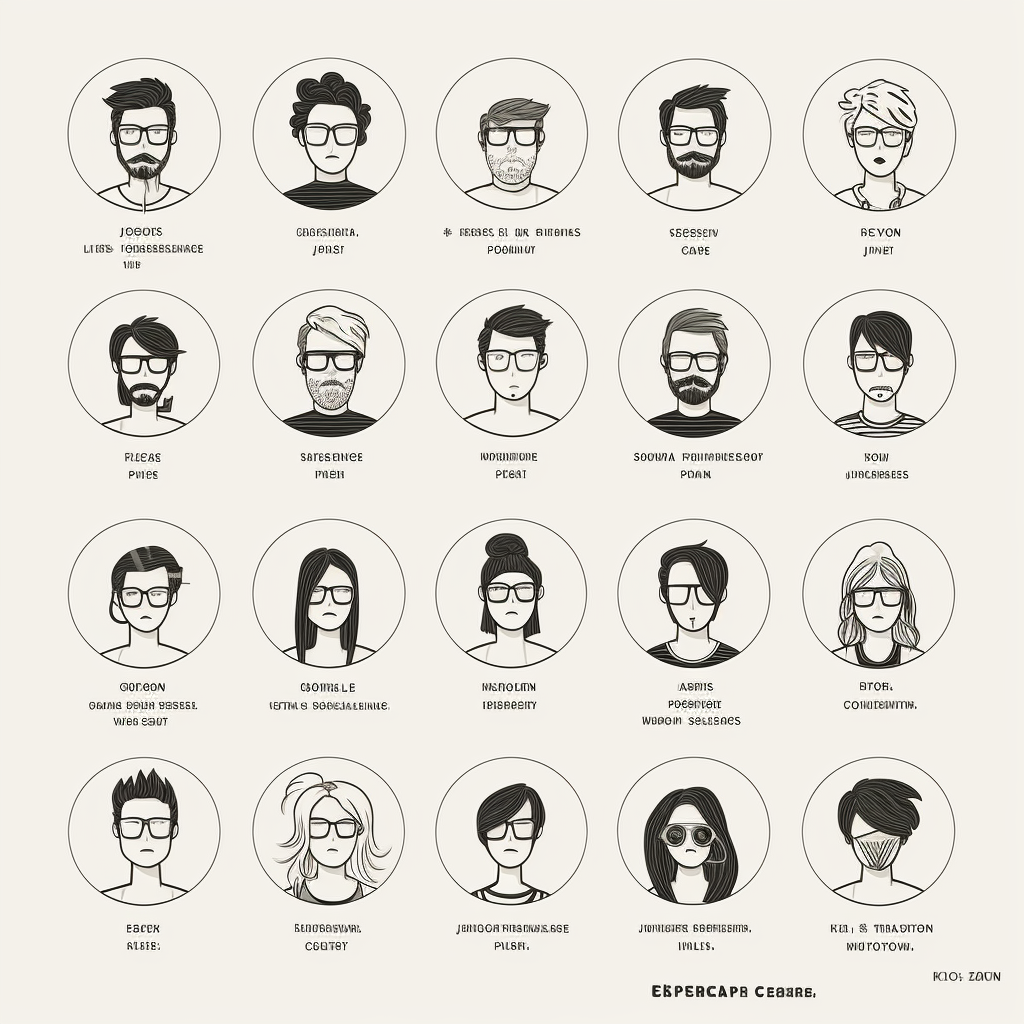Introduction: In the realm of product development, clear and well-defined requirements serve as the foundation for success. They bridge the gap between ideas and execution, guiding teams toward the creation of products that resonate with users. In this blog, we delve into the art of writing product requirements—a skill that distinguishes exceptional product managers. We will explore tips and techniques to ensure your requirements are crystal clear and highly effective.
Table of Contents


Start with a Clear Objective
Before diving into the specifics, establish a clear objective for the feature or product. What problem are you trying to solve? What value will it bring to users? Defining this upfront sets the tone for the entire requirement.
Use User-Centric Language
Frame your requirements in language that resonates with your target audience. Use user personas to guide your descriptions, ensuring that your requirements directly address their needs and pain points.
Be Specific and Detailed
Avoid ambiguity by providing specific details. Include information about functionality, user interactions, and any technical constraints. This clarity minimizes misunderstandings and sets a solid foundation for development.
Prioritize Features and Use Cases
Not all features are created equal. Prioritize your requirements based on user impact, business goals, and technical feasibility. Clearly indicate what must be included in the initial release versus future iterations.
Include Acceptance Criteria
To ensure alignment between stakeholders and development teams, outline clear acceptance criteria. These criteria define what constitutes a successful implementation and leave no room for interpretation.
Visual Aids and Mockups
A picture is worth a thousand words. Whenever possible, accompany your requirements with visual aids, such as wireframes, mockups, or flowcharts. Visual representations provide a tangible reference for designers and developers.
Use a Consistent Format
Establish a standardized template for writing Product Requirements. This format may include sections for a brief overview, user stories, acceptance criteria, and any relevant attachments. Consistency streamlines the review process.
Collaborate and Iterate
Writing requirements is not a solitary endeavor. Collaborate closely with cross-functional teams, incorporating their insights and expertise. Be open to feedback and iterate on your requirements to achieve optimal clarity.
Keep It Concise
While detail is essential, avoid unnecessary verbosity. Convey your message concisely and directly. A well-written requirement should be easily digestible while conveying all essential information.
Review and Refine
Before finalizing, conduct thorough reviews of your requirements. Ensure they align with the overarching product strategy and are free of contradictions or inconsistencies in Writing Product Requirements.
The Art of Writing Product Requirements : Conclusion
The art of writing product requirements is a blend of strategic thinking, clear communication, and user-centric empathy. By following these tips, you can master this craft, creating requirements that serve as a guiding light for product development. Remember, effective requirements are more than just documents; they are the blueprints that lead to the creation of remarkable products that meet user needs and drive business success.
Scrum Guide for Roles in Agile Way of Working for Product Owner

